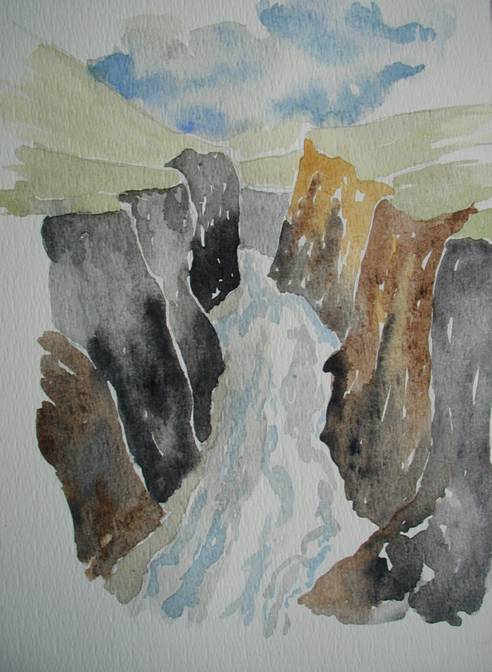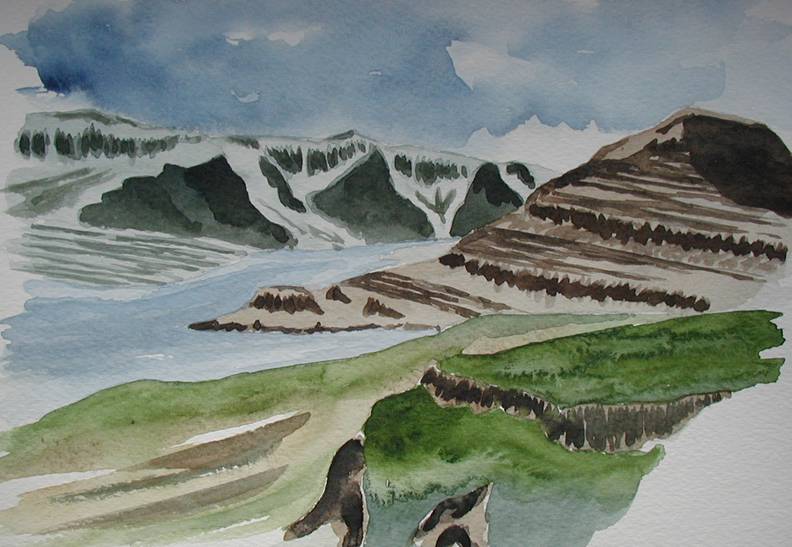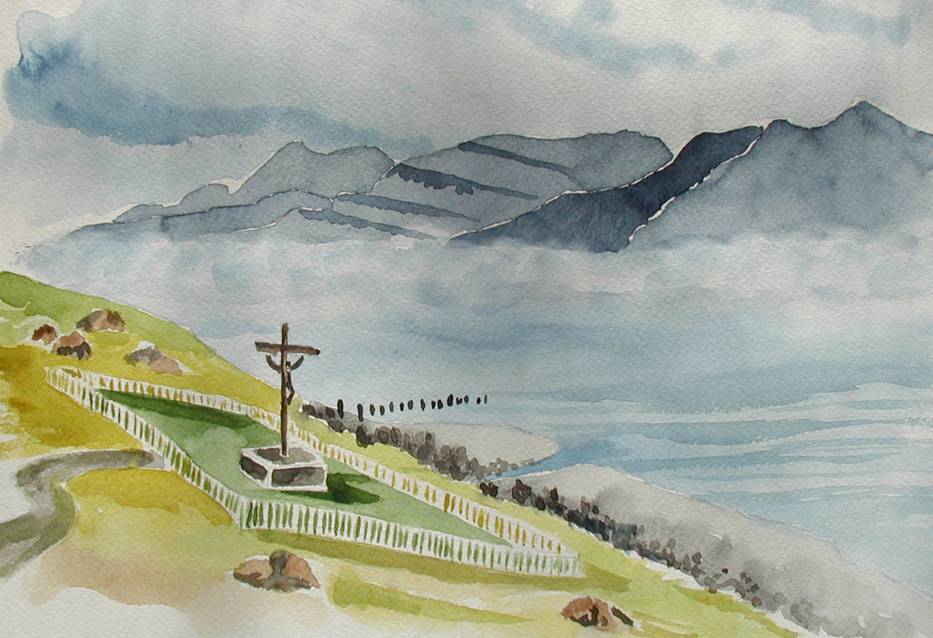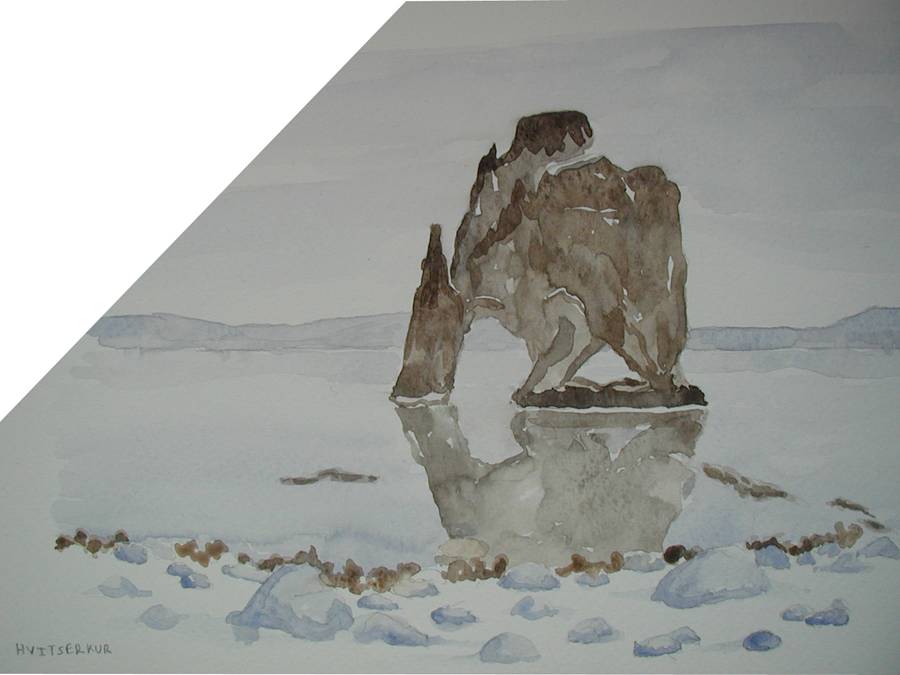
|
Colours of Iceland |
| Home |
| Presentation |
| Reykjavik |
| South West |
| South |
| Eastern fjords |
| Northern region |
| Snaefellsness peninsula |
| Birds |
| Wildlife |
| Icelandic horses |
| Sheep |
| Flowers |
| Volcanism and mineralogy |
| Fishing |
|
Some mountains dive into the ocean, and build a fortification protecting the inside of the island. No escape for the road must that must follow the coast and the fjords. This is the region of the eastern fjords: rough and exigent, it’s also the less inhabited region (less than 5% of the people for one fifth of the surface of the island). No shortcut, just follow the coast to join the north part of the country. Almost 700 kilometers of road, and you will never be more that 300 meters from the sea. Sometimes you feel to be on a long long road, especially when you need to go to the end of a fjord to go to other side, only some hundred meters far from you…
At the end of each fjord a fisher village is hidden in this natural shelter where the waters stay calm even during the raging winter storms.
Hafrahvammagljúfur is one of the most amazing canyon of Iceland. Road 910 allow an access with a 4x4 car: the new dam of Karahnjukar will have an easier access but so will disappear this incredible feeling of loneliness when you discover this valley. This canyon is only 4 000 years old and that’s very young. Hundreds of thousands years are usually necessary for a river to dig slowly its bed. Only a sequence of extraordinary events can have produced such a valley. At the end of the last ice age, huge quantities of water produced by the melting of the glaciers, have been released suddenly: these catastrophic floods have quickly dug the rock to create a new way. An attentive look at the cliffs shows the multiple layers alternating sedimentary and volcanic stratums: the geological history of Iceland is there in front of you.
Here is the preferred holiday place for white swans. During summer, thousands birds swim on the calm waters of each fjord. Only the slipstream of their silent movements disturbs the quiet landscape.
Fáskrúðsfjörður shelters the small village of Bundir. It was the main harbour for the French fishermen during the cod-fish fishing campaigns. Coming mainly from Brittany, there were sometimes more than 5 000 French fishermen and one hundred schooners in the harbour. The roughness of their work and the climate have caused many injuries and diseases: to treat the fishermen, the French government sent several hospital ships in the area. A permanent hospital has even been build. Today it’s no more than a ruin but its size still attests of its importance. Strong relationships existed between sailors and inhabitants and many weddings were celebrated. The city still keeps the memory of these old days: names of the streets are in Icelandic and French. The “day of the French” is one of the most important day of the year. A museum tells the story of these heroic times with many original pictures. Do not forget to taste the family made pies before leaving the museum. A small cemetery and a monument entertain the memory of all the sailors lost during the fishing campaigns. More than 400 ships have been lost in this area. The morning mist often plays on the fjord.
An elephant lost in Iceland? Or some terrible beast escaped from a Saga ? The Hvitserkur rock is the remainder of an an ancient volcano chimney.
|








